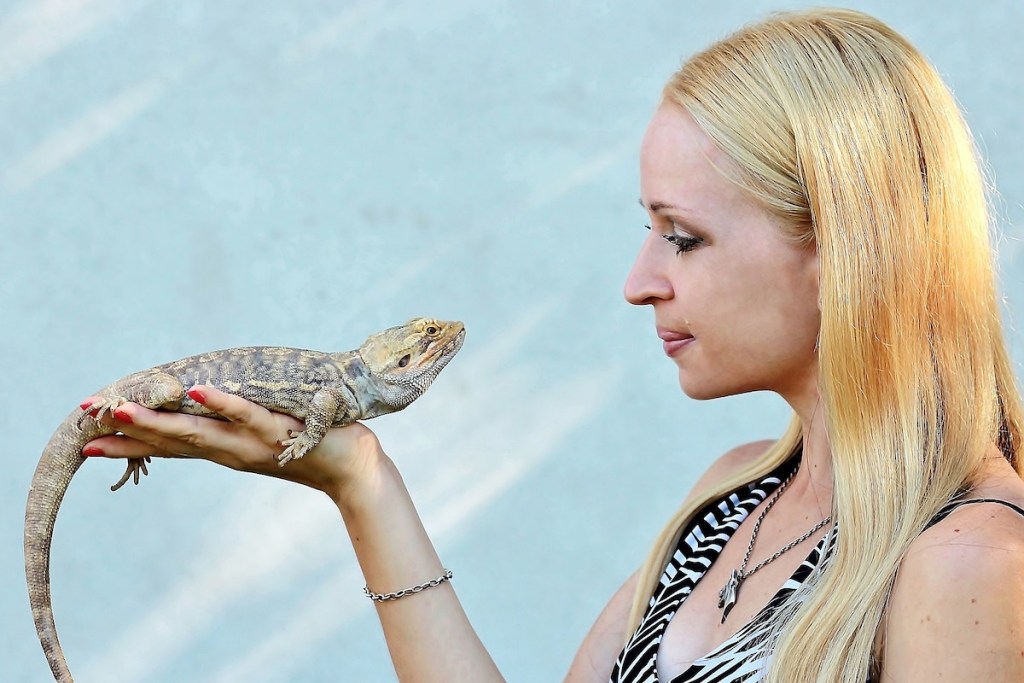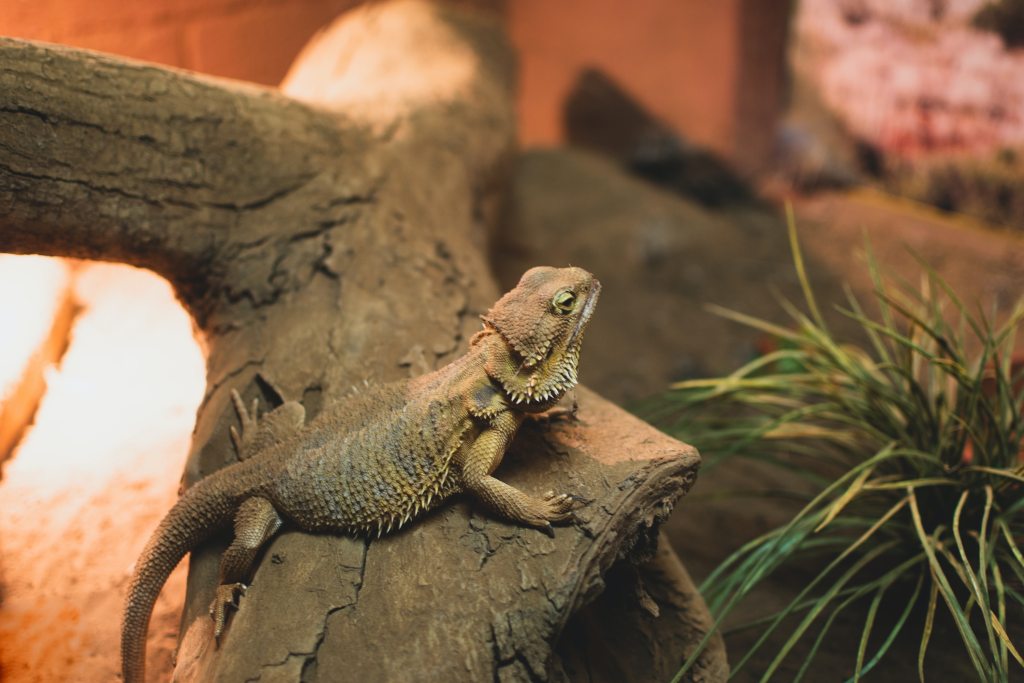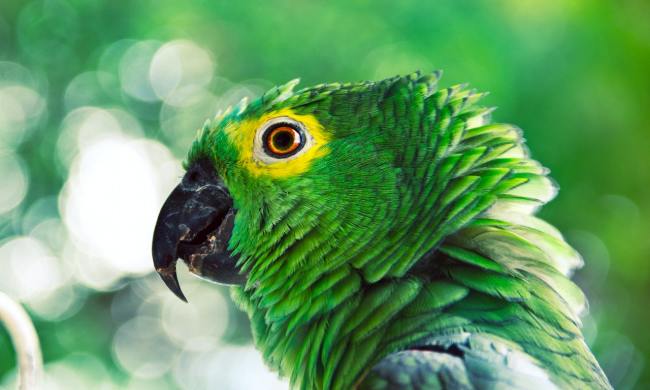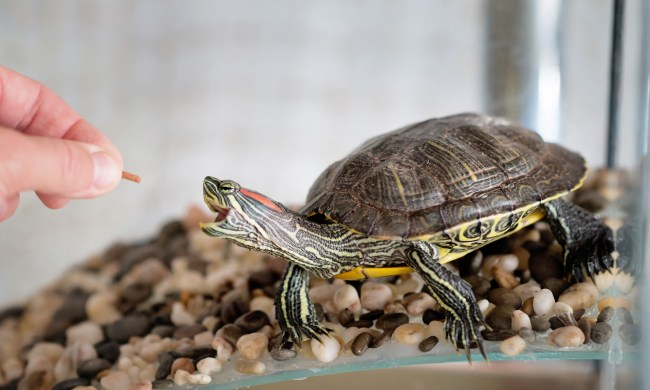Bearded dragons make fun, interesting, and loyal pets, but they do require special care. While it might make you nervous the first time, you shouldn’t have to worry about traveling with a bearded dragon, provided you prepare properly. Any pet takes careful consideration before a move or trip, and we hope your reptile will adjust perfectly to his new home. If you’re just taking him to the vet, a few easy prep tips and a spot in your lap will do the trick. Otherwise, take these preparations to move your pet from place to place.

Get travel supplies
Things will go easier for you both with a travel tank, which lets you maintain some familiarity by bringing his accessories along for the ride, such as his favorite rock or toy. However, a quick trip to the vet means you’ll probably be okay with just a harness and leash. For longer trips, pack a thermometer and heat lamp to ensure that your beardie stays comfortable.
Keep him warm
Bearded dragons like it hot, and they will need to stay nice and cozy on your trip, especially if you live in a cool climate or travel during winter. The first step is to turn the heat on in your car, which will probably be higher than you enjoy (he likes it, though). Quick excursions mean blankets and a plug-in heating pad. For longer trips, you’ll need to bring his lamps, though you can certainly get one that travels well.
Adjust his feeding schedule
It sounds strange, but we encourage you to skip a meal or two when taking your pet on a longer journey. Any time you make that kind of change to your pet’s feeding schedule, you should give your vet a call to get it just right for him. But the temperature fluctuation can impact your lizard’s digestive system and lead to problems with his tummy (trust us, you don’t want that). Reptiles adjust pretty well to the occasional lack of food, so most likely, he’ll be just fine if a little extra voracious the next time you feed him.
Hold on tight
Don’t let your beardie wind up on the floor if you have to slam on the brakes. It’s best to have his travel case or harness strapped in with a buckle. You might think you have a good grip on him, but you never know what’ll happen when you’re jostled by a quick swerve. Let the seat belt do all the work so you can concentrate on driving slowly.
Check on him
Even if he’s sitting next to you, you’ll need to keep a sharp eye on your reptile. Unlike some furry pets who love the car, most lizards struggle with transportation. Watch for signs that he’s not doing well, like shaking or jerking, having diarrhea, or getting a dizzy look in his eyes. These all might mean he needs emergency help. Find a safe space to park as soon as you can and give him a once-over while calling an expert.

Maintain his habitat
If you’re moving permanently or taking your bearded dragon on an extended vacation, make sure he gets back into a familiar habitat as quickly as possible. Take pictures of his decor before you move and try to match it as best you can after the move. That helps eliminate his stress, gets him back on a proper feeding schedule, and allows him to stay at a good body temperature. It’s helpful to you, too, since you won’t have to watch him so closely. No matter what, he’ll certainly need a few days to recuperate. Be prepared for some sluggishness, though a bearded dragon who stops moving entirely needs medical attention.
Traveling with any pet takes some work; there’s no doubt about it. By figuring out how to travel with a bearded dragon and taking a few preparations, both of you will have a great trip. We’ll be honest: Your beardie will never get used to getting into a car, but we hope to get him to a place where he accepts it. Throw him a few extra crickets or mealworms when he gets back home to his terrarium to show him it’s all okay.



